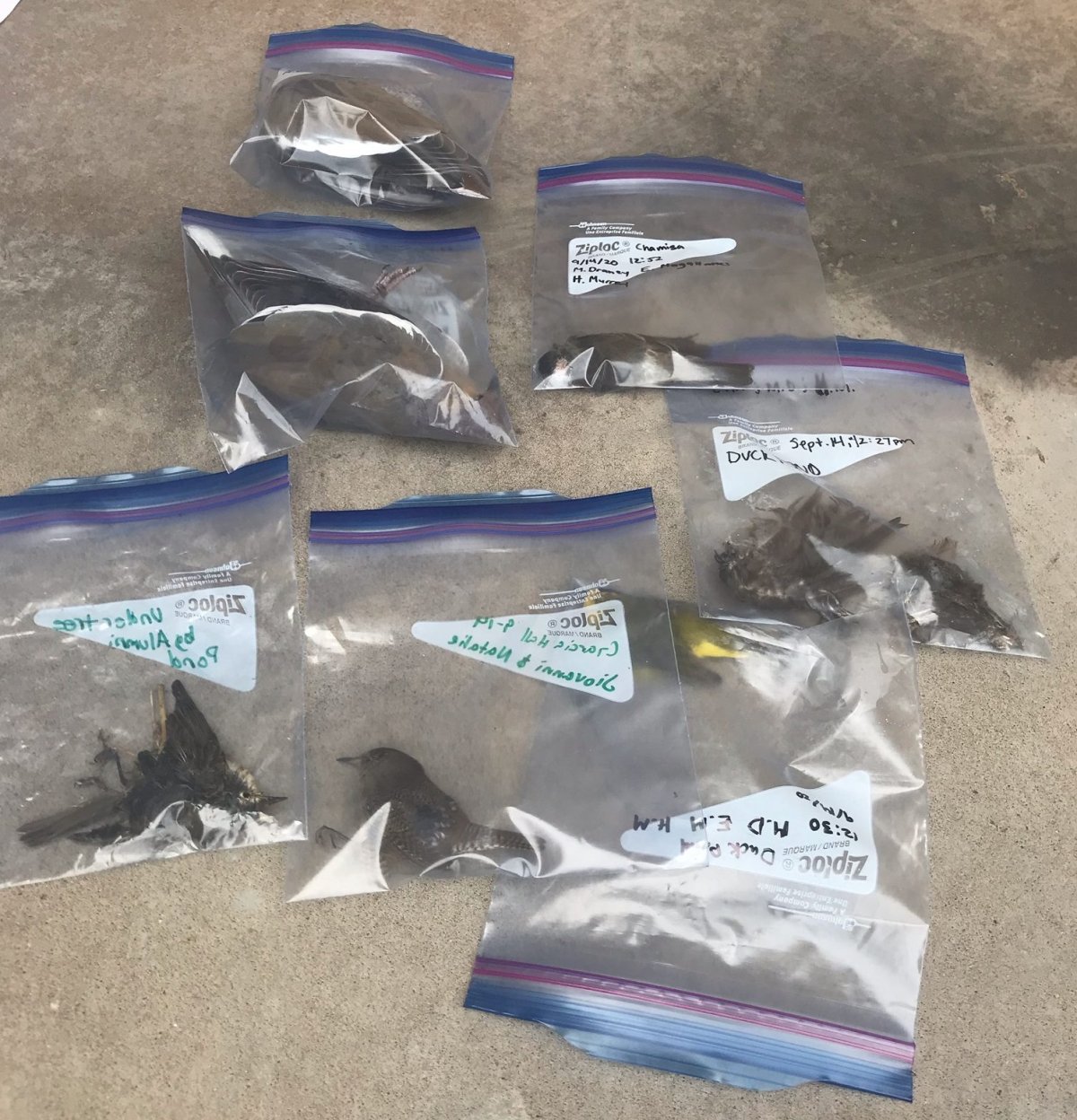Potentially hundreds of thousands of migratory birds will not make their annual trip this winter after a mysterious mass die-off that has alarmed biologists in the southwestern United States.
Many different species of birds have been found dead in New Mexico in recent weeks, sparking concern among researchers at New Mexico State University’s department of fish, wildlife and conservation ecology.
“It’s just terrible,” NMSU biologist Martha Desmond told CNN. “The number is in the six figures. Just by looking at the scope of what we’re seeing, we know this is a very large event, hundreds of thousands and maybe even millions of dead birds, and we’re looking at the higher end of that.”
Desmond first noticed the die-offs last month at the White Sands Missile Range (WSMR) and the White Sands National Monument in the southern part of the state. She and her team have collected approximately 300 dead migratory birds since then.
NMSU biologist Allison Salas says she sent some students around campus on Monday to search for birds. They came back with “several individuals of different species” within a few hours.
“The birds seem to be in relatively good condition, except that they are extremely emaciated,” she wrote on Twitter. “They have no fat reserves and barely any muscle mass. Almost as if they have been flying until they just couldn’t fly anymore.”
The dead birds include various insect-eating birds such as sparrows, blackbirds, warblers and bluebirds.

“I don’t think I’ve ever seen anything so horrible in my life,” Desmond told local station KRQE. “A lot of these species, they’re already in trouble and they’re experiencing declines, and then to have this type of event occur on top of it, it’s devastating.”
The birds have been seen acting strange before their deaths, according to experts at NMSU. Many species that typically perch in trees or bushes have been spotted hopping around on the ground. The birds have often appeared dazed, and many have been hit by cars because they’ve been too slow to get out of the way.
“People have been reporting that the birds look sleepy … they’re just really lethargic,” Trish Cutler, a biologist at the WSMR, told the Las Cruces Sun News.
“One thing we’re not seeing is our resident birds mixed in with these dead birds. We have resident birds that live here, some of them migrate and some of them don’t, but we’re not getting birds like roadrunners or quail or doves.”
I just recorded this up in Velarde, N.M. I've never seen anything like it. I'm told of other dead migratory birds found in Hernandez, Ojo Sarco and El Valle de Arroyo Seco. https://t.co/GpeFZbyuW7 pic.twitter.com/XXVM4AZrDu
— Austin Fisher (@austieJFish) September 14, 2020
People in Colorado, Arizona and Texas are seeing similar deaths, according to an iNaturalist tracking project run by Desmond’s team. They’re encouraging people in the Southwest to report dead birds through the app so they can get a better picture of the problem.
Desmond and her team still don’t know why the birds are dying en masse. The state saw a cold snap last week but that happened after Desmond first noticed the die-off.
She says it might have something to do with the extremely dry conditions in the state, or the wildfires raging to the west in California, Oregon and Washington.
“Climate change is playing a role in this,” Desmond told CNN. “We lost three billion birds in the U.S. since 1970 and we’ve also seen a tremendous decline in insects, so an event like this is terrifying to these populations and it’s devastating to see.”
The Oregon Department of Fish and Wildlife says it’s also looking into the issue.
“Not much is known about the impacts of smoke and wildfires on birds, so the more data they collect, the better to understand this,” it tweeted.






